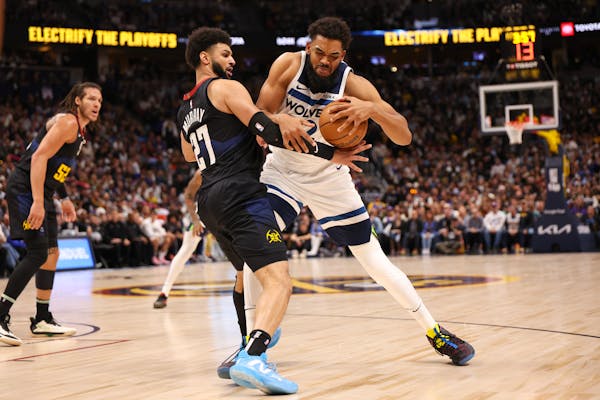Taxpayers would again have to bail out the nation's largest banks in another extreme downturn, the Federal Reserve Bank of Minneapolis said Wednesday as it rolled out the final version of a plan to end the too-big-to-fail risk.
The plan, a legislative blueprint first unveiled in November 2016, was revised after the Minneapolis Fed took comments and recommendations from economists and other academics, ordinary citizens as well as industry players, including major banks and trade groups that criticized it.
"None of the comments changed the fundamental conclusion that large banks do not have enough capital to protect taxpayers," the Minneapolis Fed said in a statement accompanying the final plan.
A key change in the final version of the plan calls for substantial reform of regulations on small banks in suburbs and towns. It calls for the repeal of onerous solvency and other provisions of the Dodd-Frank Act, the chief banking reform law that emerged out of the 2008 crisis, that have little to do with the risk of failure in community banks.
The Minneapolis Fed's researchers and leaders spent most of 2016 gathering data and opinions about how to prevent another 2008-style rescue, in which the government injected capital into the biggest banks to prevent their failure under the weight of too many mortgage loans gone bad after a collapse in housing prices.
Neel Kashkari, who became the president of the Minneapolis Fed, is a former Treasury Department official who administered the bank bailout, formally called the Troubled Asset Relief Program, or TARP.
"After witnessing the economic devastation from the 2008 financial crisis, I am committed to working with other policymakers to strengthen our financial system and reduce the danger of a future crisis," Kashkari said in a statement. "There is no excuse for inaction, and history will judge us poorly if we soon forget the lessons just learned."
Congress has shown little interest in imposing new requirements on big banks to reduce the risk taxpayers face, however.
The chief recommendation of the Minneapolis Fed's plan is that the biggest banks, those with $250 billion in assets, need to vastly improve their capital positions.
When the financial crisis arrived in late 2007 and early 2008, the 10 largest banks had equity capital equal to only 2.8 percent of their assets. That has more than doubled to around 6 percent and some Republican lawmakers have proposed freeing big banks from some regulations if they raise their capital ratio to 10 percent of assets.
The Minneapolis Fed's plan goes much further, recommending that big banks raise their equity capital to 23.5 percent.
The final version cites six other independent studies produced since the November 2016 initial version that also call for higher capital requirements for large banks.
To avoid the higher capital requirement, a megabank would have to downsize by breaking up or selling off portions of its business. That would lead to smaller banks and likely raise the profile of midsize banking companies around the U.S.
At present, the $250 billion asset threshold is surpassed by 10 U.S. banking companies: JPMorganChase, Wells Fargo, Bank of America, Citibank, U.S. Bank, PNC Bank, Bank of New York Mellon, Capital One, TD Bank and State Street Bank.
The Minneapolis Fed too-big-to-fail plan also addresses the prospect that some financial activities would shift away from those megabanks to poorly scrutinized financial firms like hedge funds and nonbank finance companies. It recommends a tax on the borrowings of such firms, known as shadow banks, with assets that exceed $50 billion.
Evan Ramstad • 612-673-4241
Instacart partners with Uber Eats to offer restaurant deliveries

